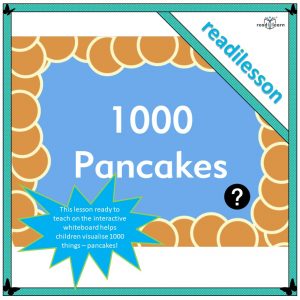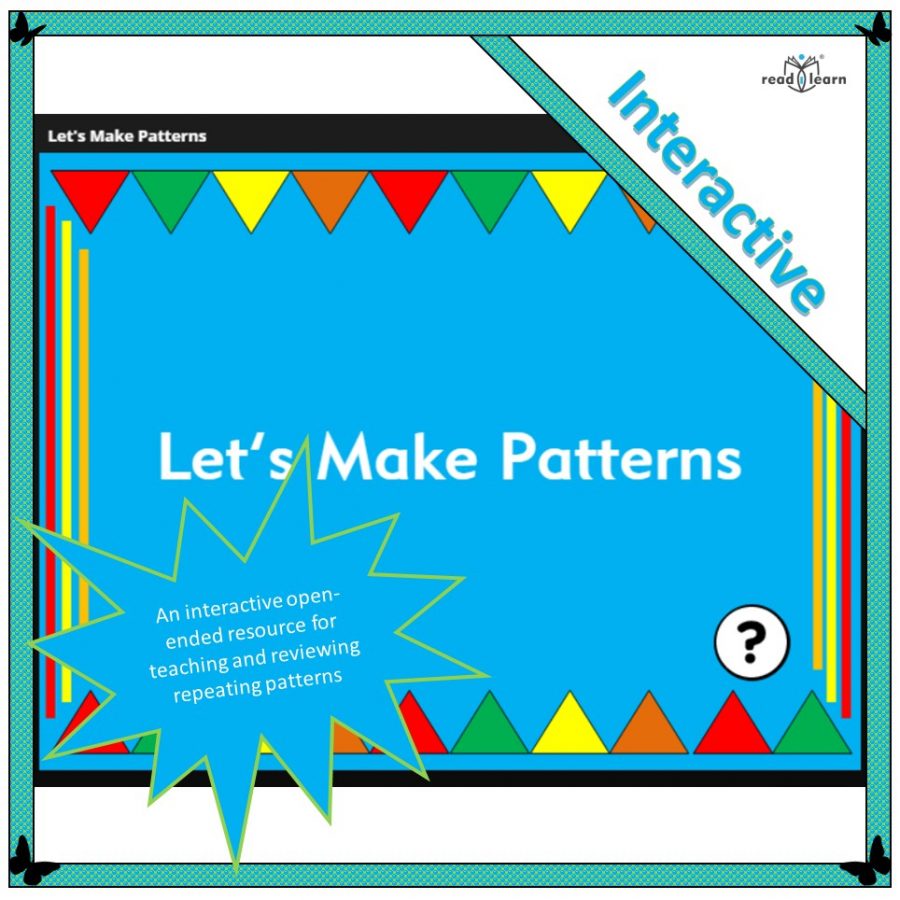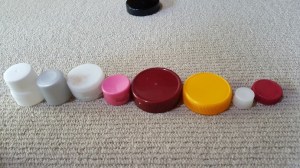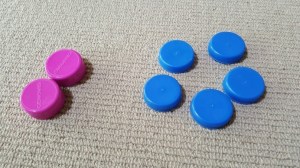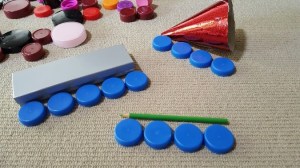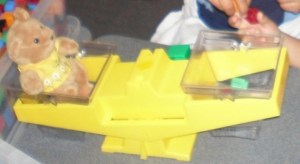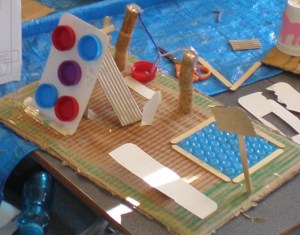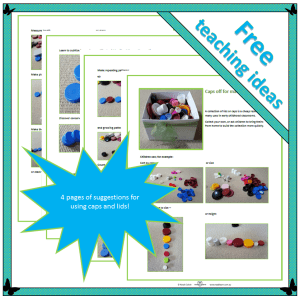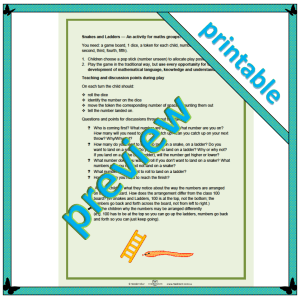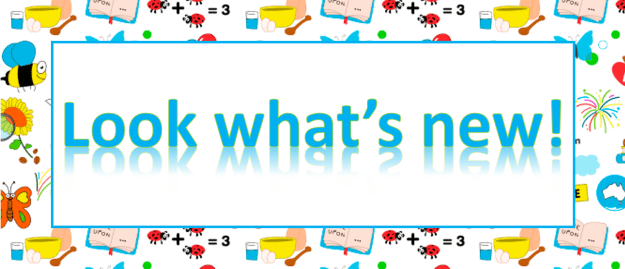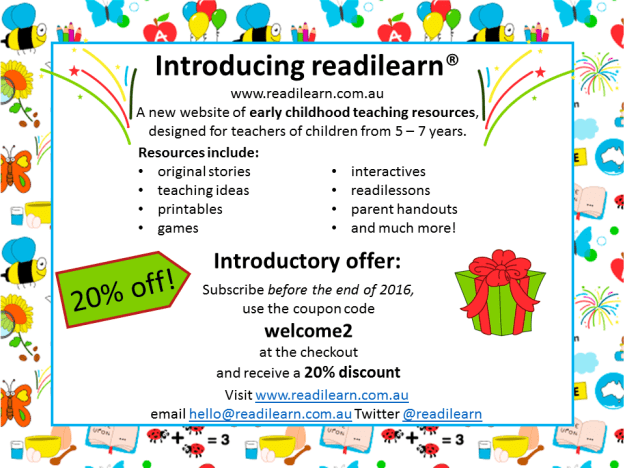This Thursday 26 January 2023 is Multicultural Children’s Book Day (MCBD), a day for celebrating diversity in children’s books. I am pleased to be a MCBD reviewer for the fifth time this year; and was delighted to receive a copy of 123 Who Comes Next? from Star Bright Books.
About the Book
Here comes a boy, that is 1. Next comes a girl, that together makes 2. A lady joins the two, which makes them 3. Then comes a dog! How many will they make?
Creatures great and small—and even a vegetable— all come together to help children learn to count 1 to 10 and to recognize numbers. Young readers will be eager to see who comes next, and what number they are. The last page, of course, is the most surprising and fun to all. Artist Amy Matsushita-Beal presents a simple and delightful counting book of diverse characters. The whimsical details on each character add another layer of playfulness for young children.
- Board Book / Recommended Ages 2-4 years
- Also available in Haitian Creole/English and Spanish/English bilingual editions.
This delightful counting board book of diverse characters will be available in May 2023. It was created for a Haitian Creole book project at ArtCenter College of Design in Pasadena, California. School Library Journal (Starred Review) calls it “remarkably clever count book” and “an essential purchase for all collections.”
About the Author/Illustrator
Amy Matsushita-Beal is a freelance illustrator, designer, and hand-lettering artist based in Tokyo. Amy was born and raised in Los Angeles and graduated from the Art Center College of Design. While presented in a variety of styles, Amy’s work tends to focus on people, their intentions, and vibrancy in color and character. 123 Who Comes Next? is Amy’s first book with Star Bright Books. Visit: amymatsushitabeal.com
What I like about 123 Who Comes Next?
This counting book 123 Who Comes Next? is surprisingly delightful. By that, I mean it delights with a surprise at every page turn.
We’re all familiar with books that count from one to ten and know just what to expect. It’s true that this book fulfills those expectations, starting with one friendly boy greeting one friendly girl, adding one more on each page up to ten.
What surprises and delights, both characters and readers, is what is added to each page. The characters’ differing reactions to each newcomer create humour and provide opportunities for discussions of emotions, reactions and reasons for responding so. The minimal text (simply numeral and number word) leaves plenty of room for storytelling.
On the other hand, being able to focus on the numerals and number words helps develop number recognition as well as counting. In addition, having the numerals written on each of the characters in order of their appearance helps to develop one-to-one correspondence, an early number concept just as important as the ability to count.
I won’t give away any more. I’ll just say that this fun book provides many opportunities for language development as well learning beginning number concepts. The inclusion of diverse characters broadens its appeal. It’s a fun one to add to the collection. We can never have too many counting books.
About Multicultural Children’s Book Day
(Information supplied by MCBD)

Multicultural Children’s Book Day 2023 (1/26/22) is in its 10th year! This non-profit children’s literacy initiative was founded by Valarie Budayr and Mia Wenjen; two diverse book-loving moms who saw a need to shine the spotlight on all of the multicultural books and authors on the market while also working to get those books into the hands of young readers and educators.
Ten years in, MCBD’s mission is to raise awareness of the ongoing need to include kids’ books that celebrate diversity in homes and school bookshelves continues. Read about our Mission & History HERE.
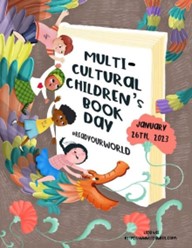
MCBD 2023 is honored to be Supported by these Medallion Sponsors!
FOUNDER’S CIRCLE: Mia Wenjen (Pragmaticmom) and Valarie Budayr’s (Audreypress.com)
🏅 Super Platinum Sponsor: Author Deedee Cummings and Make A Way Media
🏅 Platinum Sponsors: Language Lizard Bilingual Books in 50+ Languages
🏅 Gold Sponsors: Interlink Books, Publisher Spotlight
🏅 Silver Sponsors: Cardinal Rule Press, Lee & Low, Barefoot Books, Kimberly Gordon Biddle
🏅 Bronze Sponsors: Vivian Kirkfield, Patrice McLaurin , Quarto Group, Carole P. Roman, Star Bright Books, Redfin.com, Redfin Canada, Bay Equity Home Loans, Rent.com, Title Forward

Poster Artist: Lisa Wee
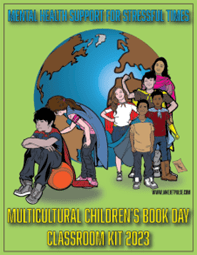
Classroom Kit Poster: Led Bradshaw
MCBD 2023 is honored to be Supported by these Author Sponsors!
Authors: Sivan Hong, Amanda Hsiung-Blodgett, Josh Funk , Stephanie M. Wildman, Gwen Jackson, Diana Huang, Afsaneh Moradian, Kathleen Burkinshaw, Eugenia Chu, Jacqueline Jules, Alejandra Domenzain, Gaia Cornwall, Ruth Spiro, Evelyn Sanchez-Toledo, Tonya Duncan Ellis, Kiyanda and Benjamin Young/Twin Powers Books, Kimberly Lee , Tameka Fryer Brown, Talia Aikens-Nuñez, Marcia Argueta Mickelson, Kerry O’Malley Cerra, Jennie Liu, Heather Murphy Capps, Diane Wilson, Sun Yung Shin, Shannon Gibney, John Coy, Irene Latham and Charles Waters, Maritza M Mejia, Lois Petren, J.C. Kato and J.C.², CultureGroove, Lindsey Rowe Parker, Red Comet Press, Shifa Saltagi Safadi, Nancy Tupper Ling, Deborah Acio, Asha Hagood, Priya Kumari, Chris Singleton, Padma Venkatraman, Teresa Robeson, Valerie Williams-Sanchez and Valorena Publishing, Martha Seif Simpson, Rochelle Melander, Alva Sachs, Moni Ritchie Hadley, Gea Meijering, Frances Díaz Evans, Michael Genhart, Angela H. Dale, Courtney Kelly, Queenbe Monyei, Jamia Wilson, Charnaie Gordon, Debbie Ridpath Ohi, Debbie Zapata, Jacquetta Nammar Feldman, Natasha Yim, Tracy T. Agnelli, Kitty Feld, Anna Maria DiDio, Ko Kim, Shachi Kaushik
MCBD 2023 is Honored to be Supported by our CoHosts and Global CoHosts!
MCBD 2023 is Honored to be Supported by theseMedia Partners!
Check out MCBD’s Multicultural Books for Kids Pinterest Board!
📌 FREE RESOURCES from Multicultural Children’s Book Day
- MCBD 2023 Poster
- Mental Health Support for Stressful Times Classroom Kit
- Diversity Book Lists & Activities for Teachers and Parents
- Homeschool Diverse Kidlit Booklist & Activity Kit
- FREE Teacher Classroom Activism and Activists Kit
- FREE Teacher Classroom Empathy Kit
- FREE Teacher Classroom Kindness Kit
- FREE Teacher Classroom Physical and Developmental Challenges Kit
- FREE Teacher Classroom Poverty Kit
- Gallery of Our Free Posters
- FREE Diversity Book for Classrooms Program
📌 Register for the MCBD Read Your World Virtual Party
Join us on Thursday, January 26, 2023, at 9 pm EST for the 10th annual Multicultural Children’s Book Day Read Your World Virtual Party!
This epically fun and fast-paced hour includes multicultural book discussions, addressing timely issues, diverse book recommendations, & reading ideas.
We will be giving away a 10-Book Bundle during the virtual party plus Bonus Prizes as well! *** US and Global participants welcome. **
Follow the hashtag #ReadYourWorld to join the conversation, and connect with like-minded parts, authors, publishers, educators, organizations, and librarians. We look forward to seeing you all on January 26, 2023, at our virtual party!}









